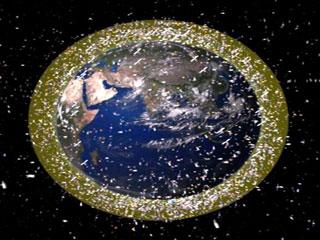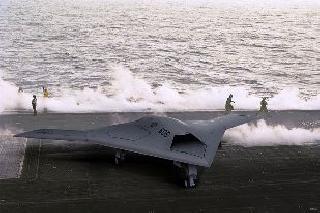
This computer illustration depicts the density of space junk around Earth in low-Earth orbit. PHOTO: ESA
WASHINGTON (BNS): The Defense Advanced Research Projects Agency (DARPA) has proposed a new way to de-clutter outer space from huge space-debris floating freely in space.
Released with little fanfare a few months ago, it was dubbed "The Catcher’s Mitt Study" – to assess the debris problem and its future growth, determine where the greatest problem will be for US assets and then, if appropriate, explore technically and economically feasible solutions for debris removal.
According to Space.com, the report explains that active debris removal was found to be required at some point to maintain an "acceptable level" of operational risk.
"Although projections show that it may take decades for the risk to become unbearable," there are several reasons to begin development of a solution today, the Catcher's Mitt study states.
A central finding of the study is that the development of debris removal solutions should concentrate on pre-emptive removal of large debris in both low-Earth orbit (LEO) a few hundred miles above the planet, as well as geosynchronous Earth orbit (GEO), the realm of communications satellites and other key spacecraft about 22,400 miles (36,000 kilometers) up.
More a warning than background to the vexing dilemma of orbital debris, the Catcher's Mitt study explains that "failure to address this problem has significant implications for the success of future space missions due to the potential increased number of on-orbit collisions with non-trackable, yet lethal, debris fragments."
 Previous Article
Previous Article Next Article
Next Article













The Indian Air Force, in its flight trials evaluation report submitted before the Defence Ministry l..
view articleAn insight into the Medium Multi-Role Combat Aircraft competition...
view articleSky enthusiasts can now spot the International Space Station (ISS) commanded by Indian-American astr..
view article